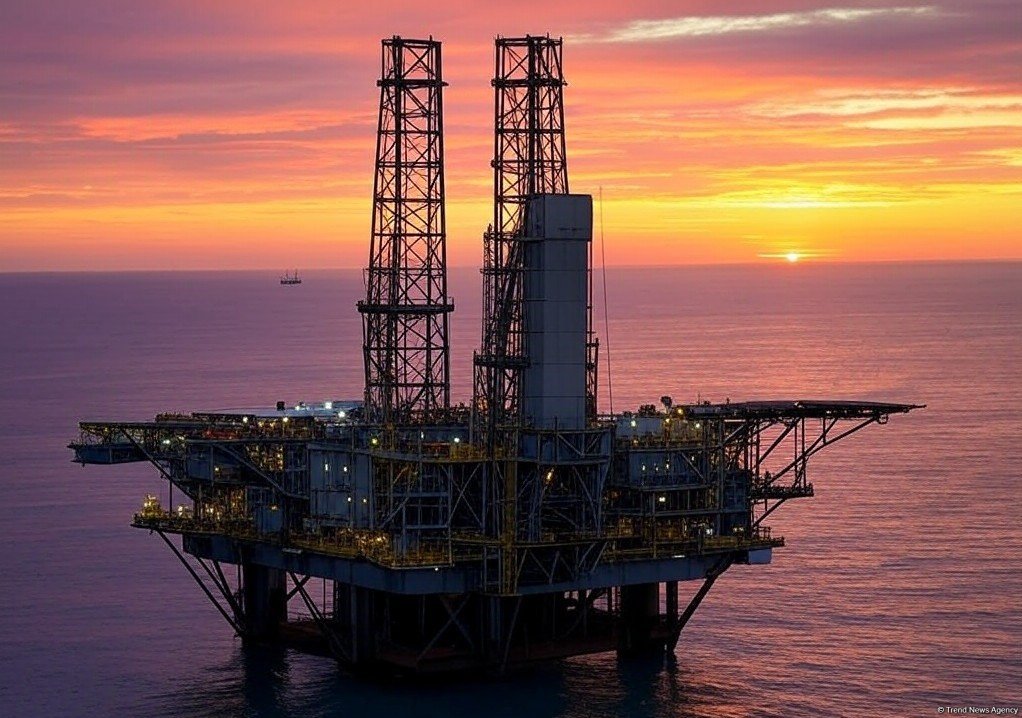BAKU, Azerbaijan, June 11. Kazakhstan’s oil transit sector is set for significant expansion in the medium to long term, driven by increased production plans, as outlined by Teniz Capital Investment Banking, Trend reports.
However, the industry also faces a range of economic and political challenges that could impact its growth trajectory.
According to the outlook, Kazakhstan aims to raise its oil output from the current level of around 90 million tonnes to over 100 million tons by 2030, primarily through the expansion of the Tengiz field and the full development of the Kashagan project. The U.S. Energy Information Administration projects production could reach approximately 2.07 million barrels per day (around 104 million tons annually) by 2025, generating strong demand for transit capacity.
This production increase, as emphasized in the research, is expected to drive higher utilization of existing pipeline routes and potentially require new infrastructure development to handle growing export volumes. The transit sector stands to benefit economically from this growth, as higher throughput translates directly into increased tariff revenues. For example, 2023 saw an 8% rise in shipments through the Caspian Pipeline Consortium (CPC), fueled by Kashagan’s output growth—this positively affected revenues for both CPC and KazTransOil, the main pipeline operator.
A notable strength of Kazakhstan’s oil transit system, underscored by the Tengiz outlook, is its insulation from global oil price swings. Transport tariffs are fixed per tonne in either tenge or U.S. dollars and are not linked to the fluctuating price of crude. This pricing structure ensures stable cash flow for operators despite market volatility.
Nonetheless, the Tengiz outlook also highlights several long-term risks. The global shift toward decarbonization could reduce oil demand, especially in Europe—the primary destination for pipelines like CPC and Uzen-Atyrau-Samara (UAS). While demand from Asian markets such as China and India is expected to remain strong, Kazakhstan will face intensified competition for export volumes amid this energy transition.
Tariff competitiveness is another challenge. The outlook points out that alternative routes like the Middle Corridor through the Caspian Sea currently cost $50–70 more per ton than Russian pipelines due to maritime logistics and transshipment expenses. Should Kazakhstan pursue large-scale diversification via these more expensive routes, it may need to subsidize tariffs, putting pressure on operator margins.
Aging infrastructure is also a concern emphasized in the outlook. Much of Kazakhstan’s pipeline network was constructed during the Soviet era and requires ongoing investments in maintenance and upgrades to prevent failures and regulatory penalties. KazTransOil is actively replacing pipeline sections, but such expenses remain a persistent operational cost.







